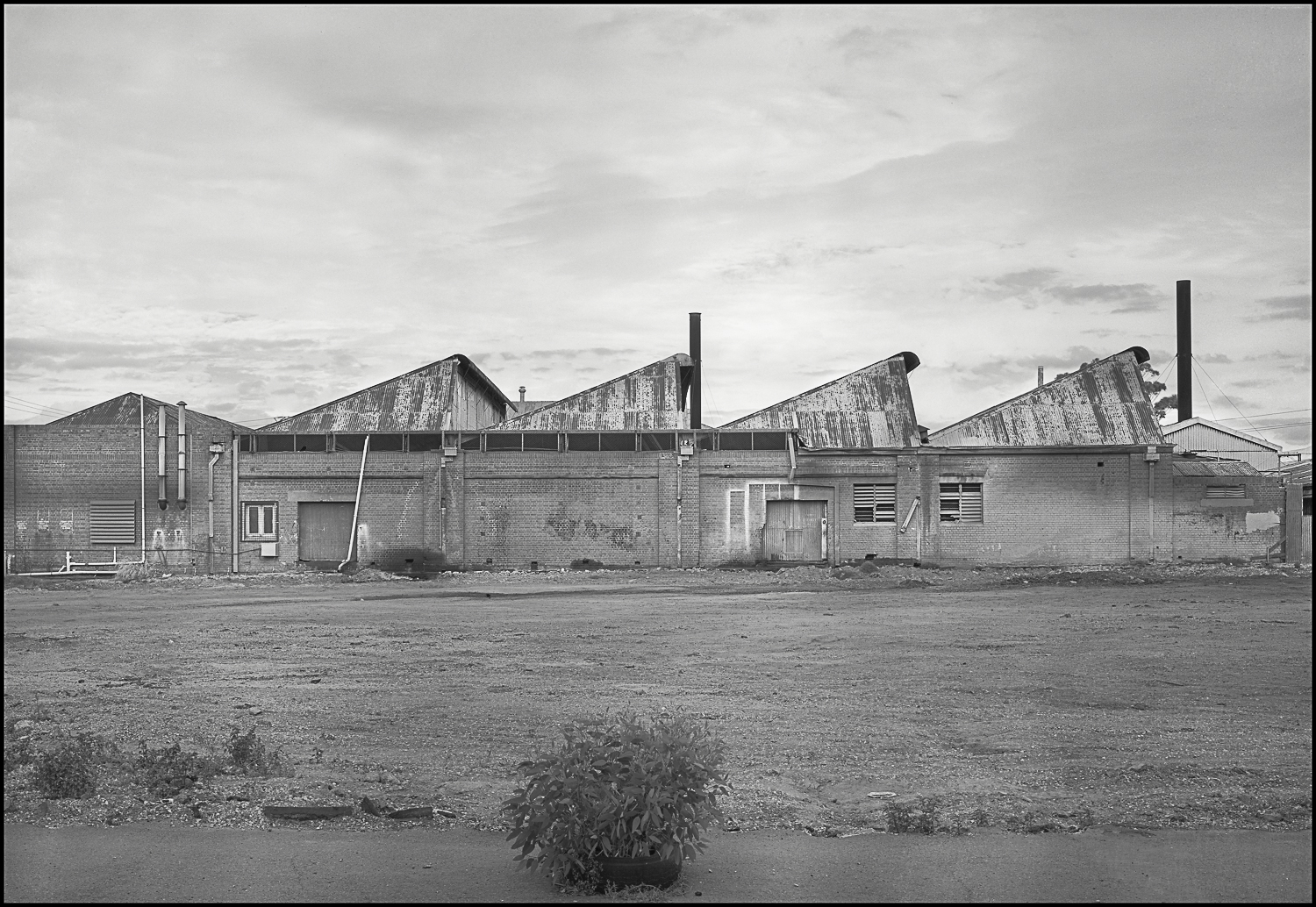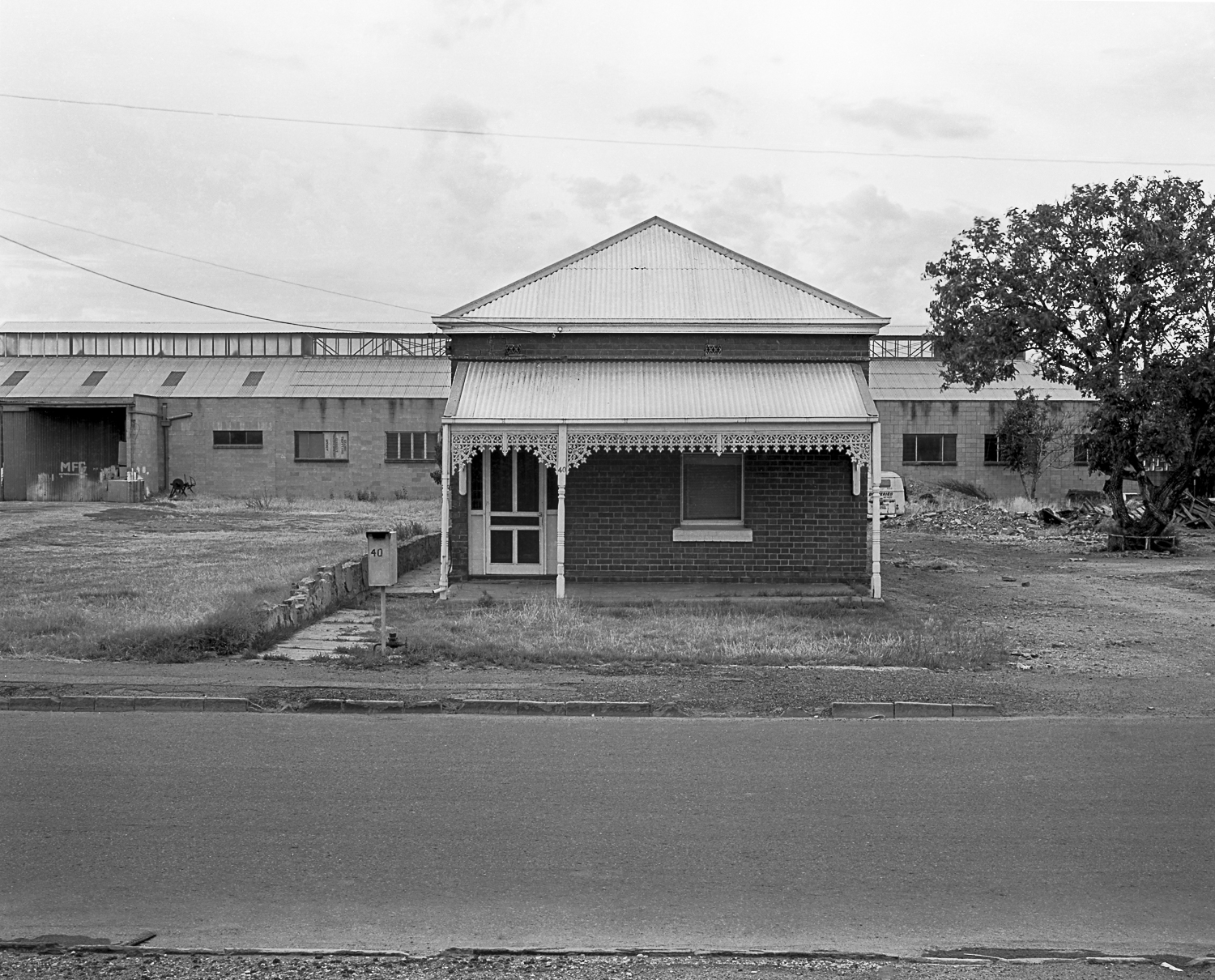The suburbs west of the city of Adelaide and the parklands, such as Hindmarsh and Bowden, were earmarked as industrial areas prior to 1945 because they were in the vicinity of the road and rail links between Adelaide’s CBD and Port Adelaide. The industrial origins in the 19th century lay in the small cottage industries supported by both residential and industrial expansion. More noxious industries moved into the area in the early 20th century and the wealthier residents began to move out.
Though it was still a residential area, with many post 1945 European migrants (Greek, Italian, Yugoslav) being attracted to the area because of the low cost of housing, industry expansion quickened after the 1940s.By the 1980s the official view of Bowden-Brompton was that these suburbs were old industrial areas and that industry expansion was premised on purchasing adjoining residential property.
These properties were seen as being on congested sites, to be outworn and obsolete, as having reached the end of their economic and useful life, and that their low property values encouraged the intrusion of factories and businesses. The substandard housing was only worthy of demolition. The depressing character of sub-standard dwellings combined with noise, odours, dirt, smoke pollution and heavy traffic meant that Bowden was defined as a Adelaide’s slum. Slum meant an incidence of disease and delinquency.
The concerns of the people who lived in the slum for better living conditions for themselves could be ignored.

Even though there was limited room for industrial expansion in Bowden, and industry was moving to Adelaide’s northern and north western suburbs, the old Hindmarsh Council, which had been captured by industry, had little interest in greening the suburb, the quality of the environment or urban renewal. The state government had no conception of urban infill with higher density housing.
For the council the urban redevelopment of the land in Bowden meant redevelopment for economic purposes which, in turn, meant industrial expansion. That meant opposition to Bowden becoming a more liveable urban area. The market ruled and, consequently, there was little understanding of the social purposes of human cohabitation through supporting a community that saw Bowden-Brompton as home.
The conflict arising from citizens in opposition to government and business was a central feature of rebuilding the Bowden-Brompton area. The initial spark was the US inspired 1968 Metropolitan Adelaide Transport Study (MATS) . This proposed circuit of freeways requiring major property acquisition identified Bowden-Brompton as the potential site for the four-level spaghetti central freeway interchange with many flyovers The second spark was the zoning of Bowden-Brompton as an industrial zone in 1972. Both decisions inferred that the residents were dispensable.

The acceptance of the MATS plan by the state Liberal government resulted in the compulsory purchase by the Highways Department of over 300 houses. These houses were destroyed or allowed to fall into disrepair as the MATS plan was fought then shelved by the Dunstan government in the 1970s, elected on the opposition to the MATS plan. The urban freeways became ‘transport corridors’, the land in Bowden was sold around 1980, with much of the housing in Bowden-Brompton annexed by industry.
The conflict between residents and government over industrial expansion only started to ease when there was a convergence of community and government concerns in the 1980s through rezoning the Hindmarsh council area as residential, noxious large scale industry being relocated, and the promotion housing co-operatives. Parts of Bowden continued to be allocated to industry for the long term, whilst existing industry was allowed limited expansion in Brompton.
South Rd, by default, became the North-South Corridor. The old non-stop north-south freeway of the MATS plan would be built by stealth through constant upgrades to South Rd (tunnels and overpasses) over a long period of time. The motor vehicle and suburbia has underpinned urban and transport planning for the past 40 years. Personal mobility is equated with motor vehicle use.
Leave a Reply